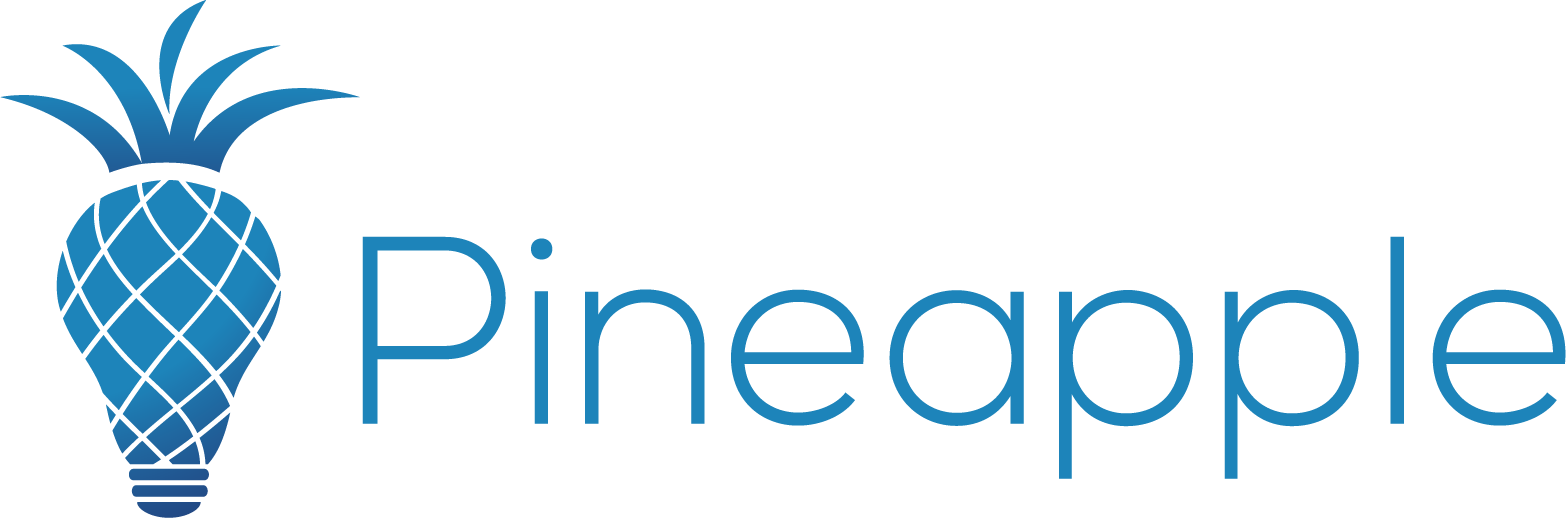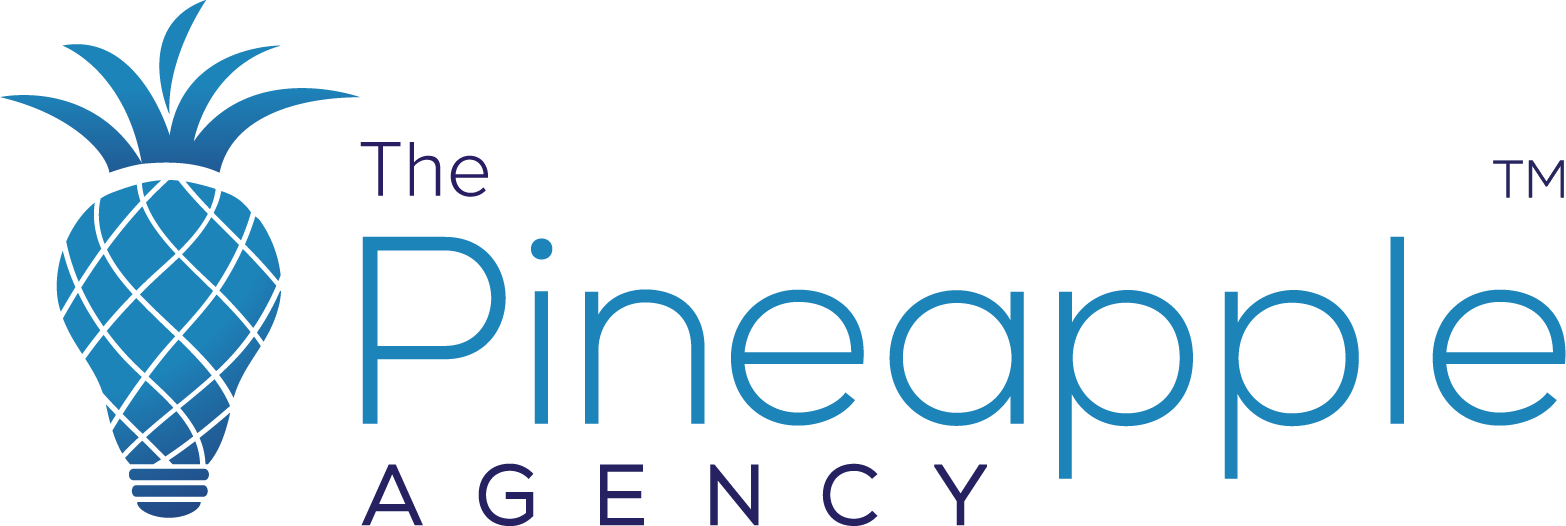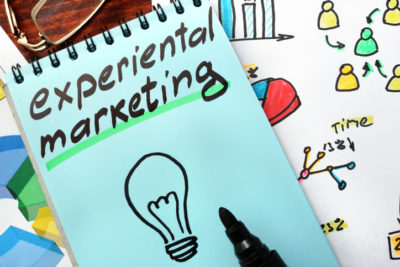Think Your Mid-Size Brand Can’t Afford Experiential Marketing? Think Again!
For mid-size brands, experiential marketing is not only possible, it’s a must. The experiential marketing campaigns of larger brands such as M&Ms and MasterCard may make experiential marketing seem impossible, expensive, and overwhelming. This growing marketing trend is possible on a mid-size brand scale with our creative team. Let’s focus on 3 key factors of why experiential marketing is not only necessary but affordable:
1. Experiential Marketing Defined
Experiential marketing is designed to build an emotional connection between consumers and products through face-to-face interaction. This type of interaction results in immediate response and feedback. Add social media sharing and the value of experiential marketing greatly increases. Consumers share experiences on social media; they do not share ads or billboards.
A fun example of experiential marketing is the 2016 Orangina commercial featuring a specially designed vending machine. The product is well-known for its shake-the-can marketing because as promised, the drink is tastier when the pulp is shaken. The vending machine featured in the commercial is designed for the can to purposely get stuck, resulting in customers shaking the machine to free the stuck can. Watch the video here.
Creating emotional connections with consumers often comes through moving or touching experiences. Philips successfully captured these emotions in an ad based on their experiential marketing campaign of “Harnessing the Physical Energy of Mothers.” In celebration of Mother’s Day, a fall event in Argentina, Philips installed specially designed batteries into the shoes of busy mothers, literally capturing their energy. The fully-charged batteries were then used to power an entire neonatal ward in a hospital. Philips creatively captured the hard work of busy moms and transferred that power to new moms. What’s not to love about this experiential marketing campaign?
2. Creativity Doesn’t Have to be Expensive
Perhaps the greatest feature of experiential marketing for mid-size brands is the fact the brand is capable of creating more personal experiences for consumers versus mega brands simply reaching the masses. When it comes to experiential marketing, event planning, and creativity are essential. Mid-size brands have a world of opportunity when it comes to targeting their audiences in a personal/direct way. Think about what you offer and how consumers interact with your products. Now consider where your audience gathers; is it the latest trade show, football field, or even the state fair?
Be strategic. A smart strategy connects your target audience with your products in an interactive way. Going less high-tech may create more memorable experiences for consumers than something high-tech and complicated. The more complicated the events and interactions, the less sharing, and purchasing. Technology advances have made it easy to incorporate technology while still keeping experiential marketing affordable. It all depends on the type of event and the level of complexity. A custom virtual reality game, for example, requires a large budget. By aligning your event and brand thematically, an off-the-shelf virtual reality set makes for a similar experience at an affordable price. Simple engagement is perfect for mid-size brands to attract target audiences in a timely manner that sparks enjoyment rather than something time consuming and frustrating. Stay focused on the end goal of creating an emotional connection between your brand and consumers.
3. You Can’t Afford Not to do Experiential Marketing
Consider these statistics from the 2018 Event Marketing Benchmarks and Trends Report:
- 80% of companies overperforming their goals will increase their budgets for live events for 2018.
- 75% of marketers believe that in upcoming years, live events will become increasingly important to their organization’s success.
- 30% of marketers believe live streaming will impact events the most.
- 60% of smartphone users are using their phones at social gatherings and live events.
Is All This Measurable?
Yes! ROI is gathered through hard and soft measurements. For example, the number of attendees at the event or the number of social engagements are considered hard measurements. Soft measurements are the “a-ha” moments when a consumer experiences an emotional connection to the brand. Setting the groundwork for measurement starts in the planning process. Establishing clearly defined goals and outcomes and integrating them throughout the event is essential to experiential marketing success.
Experiential marketing isn’t slowing down. Our team thinks outside the proverbial box and will work hard to develop creative, high-quality experiential marketing tactics designed to bring you much success in 2018.



